
News
DJI Air 2S vs Mavic Air 2 vs DJI Mavic 2 Pro
How does the new DJI Air 2S drone compare to the Mavic Air 2 and Mavic 2 Pro? Find out in this in-depth comparison, looking at key specs, the cameras and other features. ... Read More

DJI releases Air 2S drone. Find out how it compares to the Mavic Air 2 and Mavic 2 Pro;
DJI Air 2S has a one-inch sensor; larger than the Mavic Air 2 and the same as the Mavic 2 Pro;
DJI Air 2S has better video capabilities than the Mavic Air 2 and Mavic 2 Pro, able to capture 5.4K video;
DJI Air 2S and Mavic 2 Pro can capture 20MP stills, while the Mavic Air 2 can do 12MP or 48MP using Quad Bayer technology;
DJI Air 2S and Mavic 2 Pro have larger pixel sizes, compared to the Mavic Air 2;
DJI Air 2S has better zoom capabilities.
The DJI Air 2S is here, and it packs plenty into its tiny frame!
Its stand-out features include a one-inch sensor capable of capturing 20MP stills and a mightily impressive 5.4K video - all in a sub-600g drone.
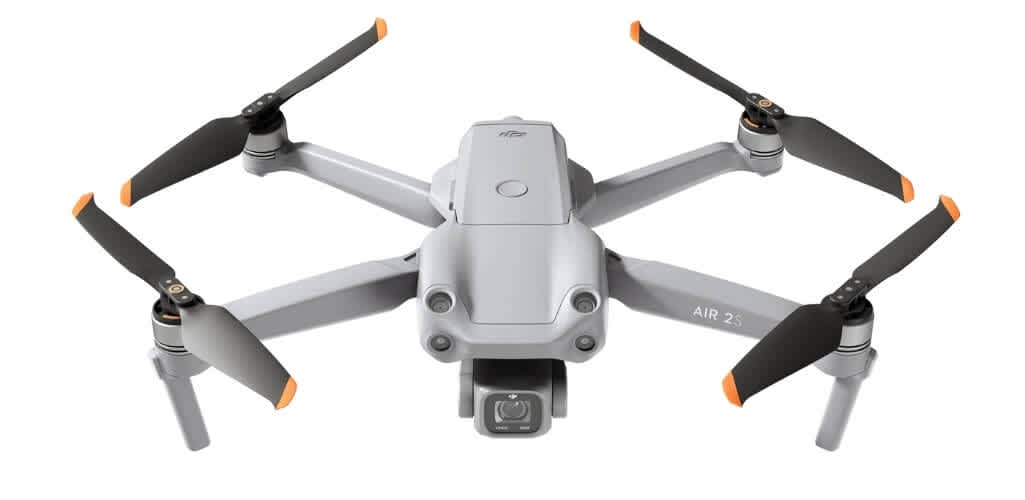
Interestingly, DJI has dropped the Mavic from its title, but the Air 2S is the latest member to join this popular and hugely-innovative drone family.
So, how does it compare to its older siblings, in particular the Mavic Air 2 and the Mavic 2 Pro?
Does it do enough for pilots of the Mavic Air 2 - released just a year before - to consider an upgrade?
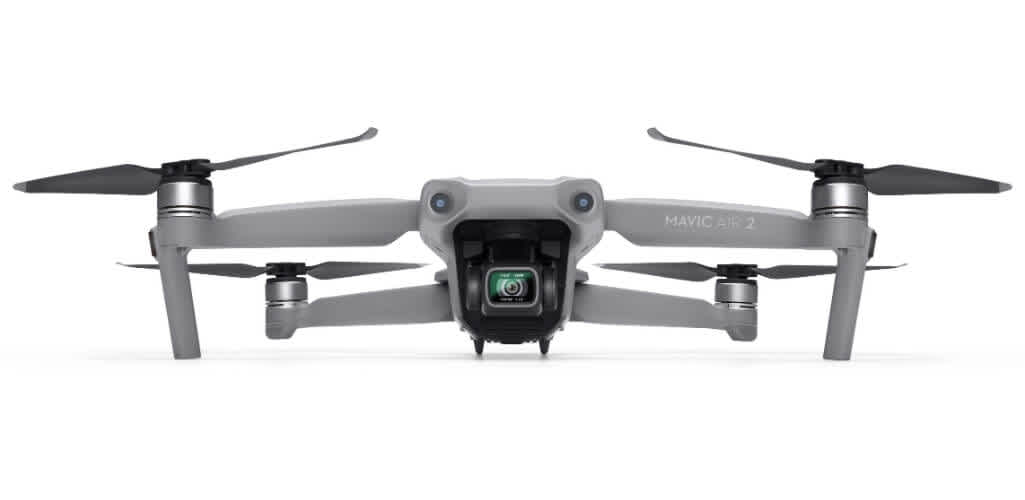
And what of the flagship Mavic 2 Pro, with its incredible content-creation capabilities? Does the Pro - which for years has flown for flag as the ultimate portable camera drone - finally have a worthy successor?
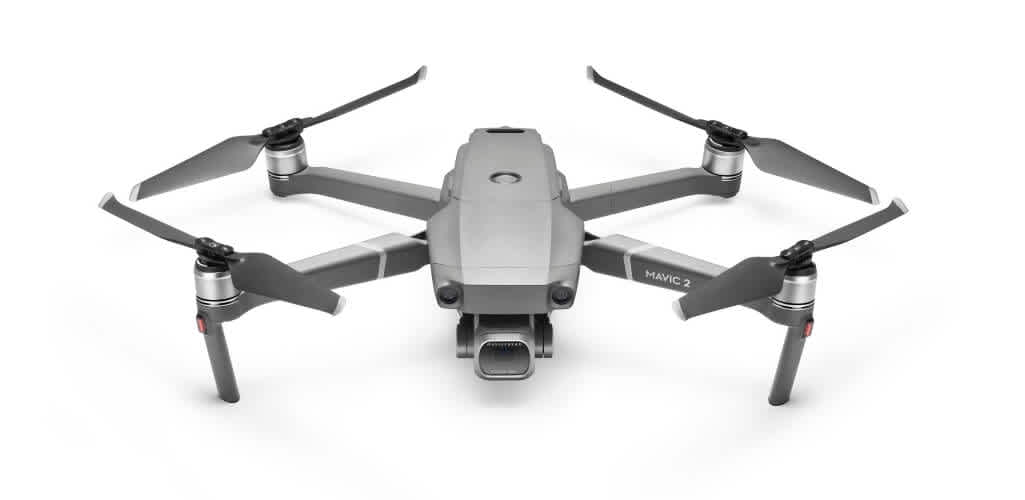
Find out in our comparison blog.
Key Specifications
Before diving into the in-depth comparison, check out the key specs between all three drones.
Air 2S | Mavic Air 2 | Mavic 2 Pro | |
Camera | 1-inch sensor 20MP, 2.4um 22mm, f/2.8 | 1/2-inch sensor 12MP/48MP, 0.8um 24mm, f/2.8 | 1-inch sensor 20MP, 2.4um 28mm, f/2.8-f/11 |
Max Video Resolution and Framerate | 5.4K/30fps 4K/60fps | 4K/60fps | 4K/30fps |
Max Video Bitrate | 150 Mbps | 120 Mbps | 100 Mbps |
Max Photo Resolution | 20MP | 12MP 48MP using quad-bayer technology | 20MP |
Video Transmission System | O3 (OcuSync 3.0) 4 Antennas 12km (FCC) / 8km (CE), 1080p | OcuSync 2.0 Dual Antenna 10km (FCC) / 6km (CE), 1080p | OcuSync 2.0 Dual Antenna 10km (FCC) / 6km (CE), 1080p |
Flight Time | 31 minutes | 34 minutes | 31 minutes |
New Functions and Core Intelligent Functions | MasterShots APAS 4.0 Hyperlapse Spotlight 2.0 ActiveTrack 4.0 Point of Interest 3.0 | APAS 3.0 Hyperlapse Spotlight 2.0 ActiveTrack 3.0 Point of Interest 3.0 | APAS Hyperlapse Spotlight ActiveTrack 2.0 Point of Interest 2.0 |
Environment Sensing System | Forward, backward, upward, downward | Forward, backward, downward | Forward, backward, upward, downward, sides |
Portability and Weight | High 595g | High 570g | Medium 907g |
Design
All three of these Mavics feature the popular folding design, making them useful for transporting; especially handy for content creators on the go.
The Mavic range is famous for its portability, and the recent additions to the collection have taken this a step further.
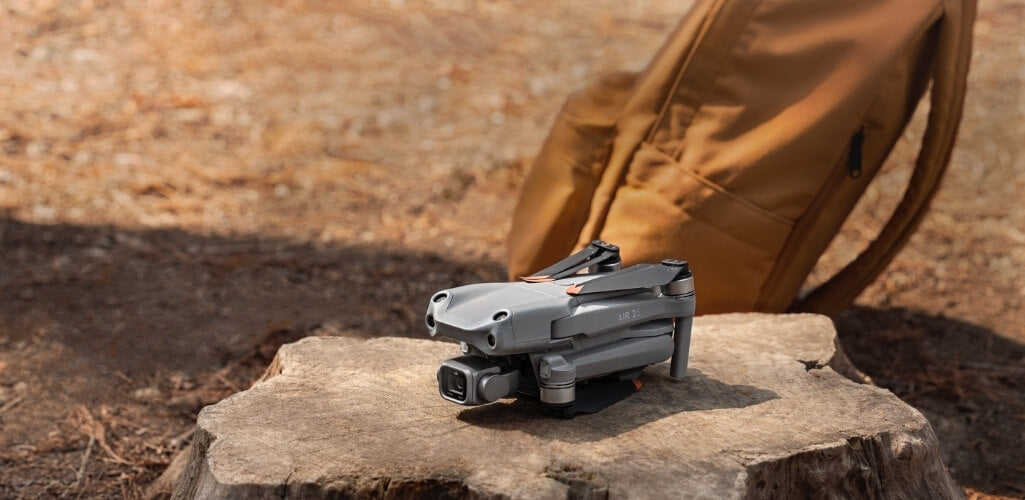
For instance, the Mavic 2 Pro has always been a great drone for taking on the move, but at 907g it is markedly heavier than the more recent Mavic Air 2 (570g) and the Air 2S (595g), making these newer models even easier to transport.
And as the table shows below, the Mavic 2S and Mavic Air 2 are more compact drones.
Dimensions | Air 2S | Mavic Air 2 | Mavic 2 Pro |
Folded (L x W x H) | 180 x 97 x 80 mm | 180 x 97 x 74 mm | 214 x 91 x 84 mm |
Unfolded (L x W x H) | 183 x 253 x 77 mm | 183 x 253 x 77 mm | 322 x 224 x 84 mm |
However, one thing to note is that the Air 2S does not have a class-mark rating (nor do the other two), as part of the new drone laws which have started in the UK and throughout Europe.
This is by far the end of the world - as no other drone on the market has one and the Air 2S can still be used in a variety of locations - but there will be those who will be wishing that it did have this identification, as part of its release.
You can find out more about class markings and drone rules by reading our in-depth UK drone laws blog.
DJI Air 2S Camera Specs
The most significant upgrade of the Air 2S is its camera.
Firstly, the sensor. The Air 2S boasts a 1-inch sensor - very impressive for such a small drone.
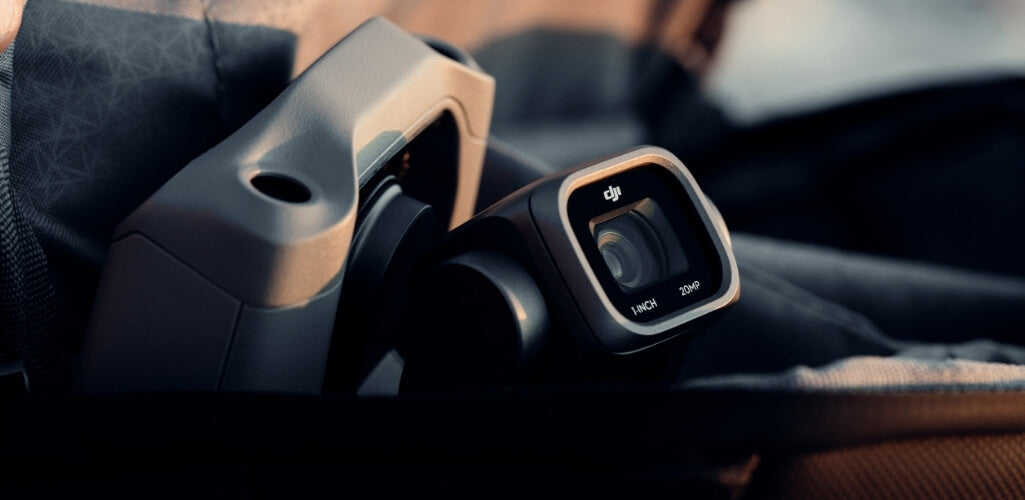
This is larger than the Mavic Air 2's half-inch sensor, but on par with the Mavic 2 Pro.
Both the Air 2S and Mavic 2 Pro can capture 20MP stills, while the Mavic Air 2 is capable of 12MP imagery, or, by using its Quad Bayer sensor to pull off a technique called pixel-binning, can achieve 48MPs.
But with the larger sensor and outright 20MP camera, the DJI Air 2S and Mavic 2 Pro have much better low-light performance and image quality.
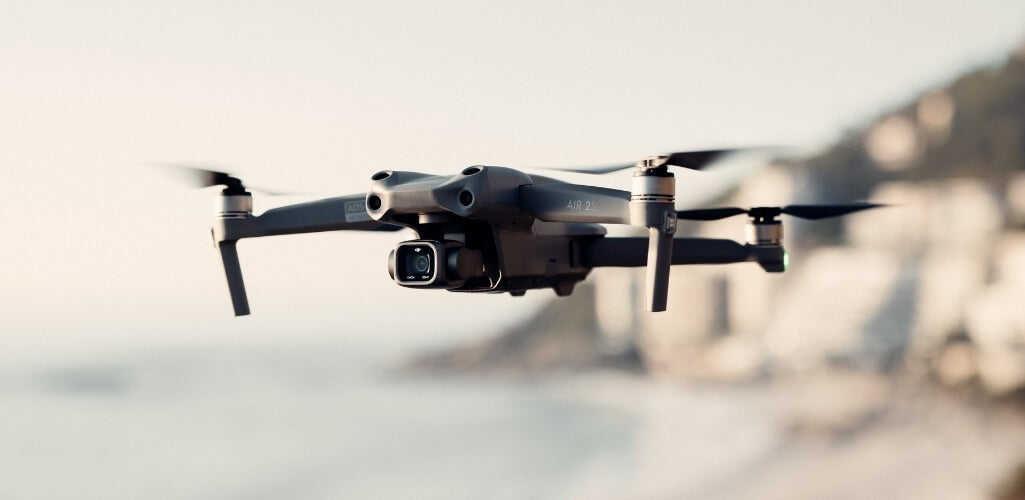
Content creators using these two drones also benefit from the 2.4um pixel size; far larger than the Mavic Air 2's 0.8um.
On top of this, the Air 2S has up to 8x digital zoom (including 4x zoom at 4K/30fps), allowing pilots to get closer to their subject without moving the drone. In comparison, a firmware update gave the Mavic Air 2 digital zoom capabilities - 2x zoom at 4K/30fps and 4x zoom at 1080p/60fps.
The Mavic 2 Pro does benefit from an adjustable aperture, ranging from f/2.8 to f/11, while both Air drones' apertures are fixed at f/2.8.
In many ways, the lack of an adjustable aperture is a disappointing omission from the new Mavics, especially the Air 2S. DJI has mitigated this slightly by adding ND Filters to the Fly More Combos of both the Air 2S and Mavic Air 2, but it would have been nice to have had an adjustable aperture as standard.
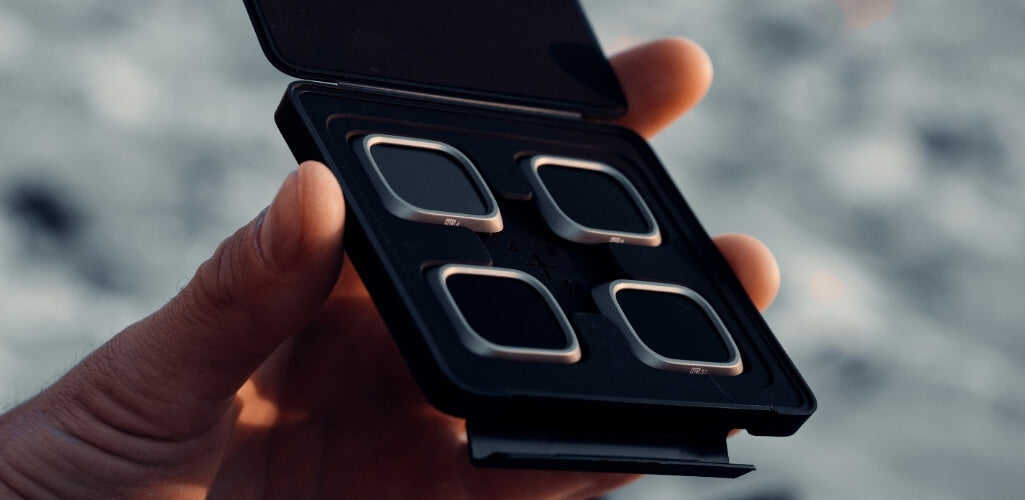
One of the most exciting aspects of the Air 2s, and where it comes into its own compared to Mavic 2 Pro and Mavic Air 2, is its impressive video-capturing specifications.
In a bold statement from DJI, the Air 2S can shoot a mighty 5.4K @ 30fps, while it can also do 4K @60fps for good measure. Its maximum 150Mbps adds icing to the cake, and is super impressive for a drone of this size. In fact, it makes it the highest quality video drone aside from a Zenmuse-equipped DJI Inspire 2.
In comparison, the Mavic Air 2 maxes out at 4K @ 60fps, with a max bitrate of 120, while the Mavic 2 Pro is only capable of 4K up to 30fps, achieving 100Mbps. For years, the Mavic 2 Pro set the standard, but in this department, the drone appears to be showing its age, somewhat.
All three Mavics have 8GB of internal storage. The Air 2S and Mavic Air 2 also have the ability to utilise a microSD card with a 256 GB capacity. The Mavic 2 Pro can be fitted with a microSD card, but with a reduced capacity of 128 GB.
DJI Air 2S Performance Comparison
The Air 2S boasts some impressive performance upgrades.
Transmission is one area where this new release comes out on top.
Utilising DJI O3 technology, renamed from OcuSync 3.0, and with four antennas, the Air 2S can reach distances of up to 12km (FCC) or 8km (CE).
This exceeds the transmission distances of the Mavic Air 2 and Mavic 2 Pro; which both use the older version of OcuSync - OcuSync 2.0 - and have dual antennas, to reach 10km (FCC) or 6km (CE).
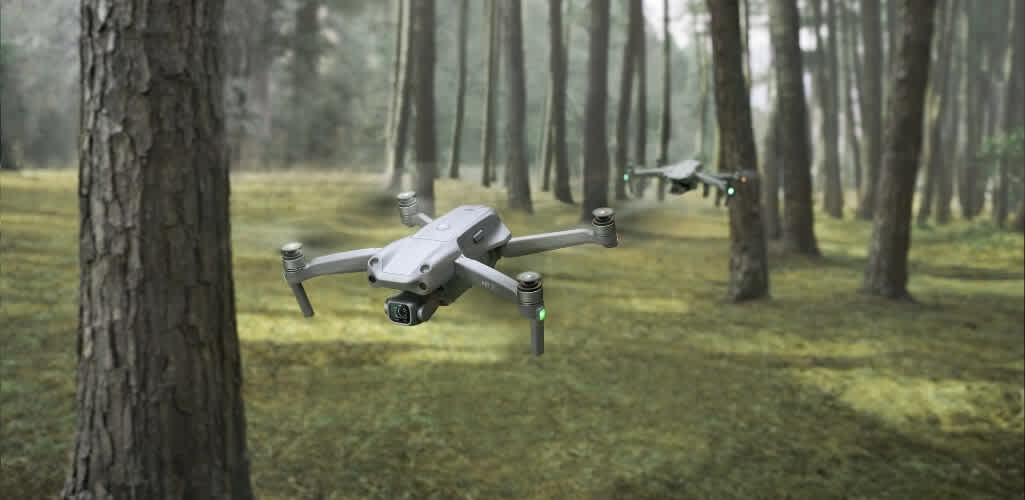
The Air 2S is also a more agile drone, with ascent and descent speeds of up to 6 m/s in S mode. The Mavic 2 Pro has a maximum ascent speed of 5 m/s in S mode, and a descent speed of 3 m/s in S mode, while the Mavic Air 2 has an ascent speed of 4m/s in S mode and can descend at up to 5 m/s in S mode.
When it comes to speed, the Mavic 2 Pro just tops it at 20m/s, while the Mavic Air 2 and Air 2S can max out at 19m/s.
All three drones have similar wind-speed resistance, topping out at about 10.5m/s (Level 5).
If there's one area where the Air 2S does fall short compared to the other two, it's the operating temperature. Both the Mavic Air 2 and Mavic 2 Pro can perform in minus temperatures (-10°C to 40°C), whereas the Air 2S cannot (0°C to 40°C).
The Air 2S has the same maximum flight time as the Mavic 2 Pro, with an endurance of 31 minutes. The Mavic Air 2 comes out on top in this department, thanks to its ability to stay airborne for 34 minutes.
Intelligent Shooting Modes
All three of these Mavic drones are aerial content creation tools, and as such, they feature a range of modes to help pilots capture the best content possible.
One of the stand-out modes on the Air 2S is MasterShots. This quirky addition helps you get impressive shots with a single tap: Activate this mode, and the drone will automatically plan a flight path, choose from three different image capture modes - including Proximity, Portrait, or Landscape - and start recording aerial footage. Pilots can choose different themes and the DJI Fly App will generate a unique video which can be shared with the world.
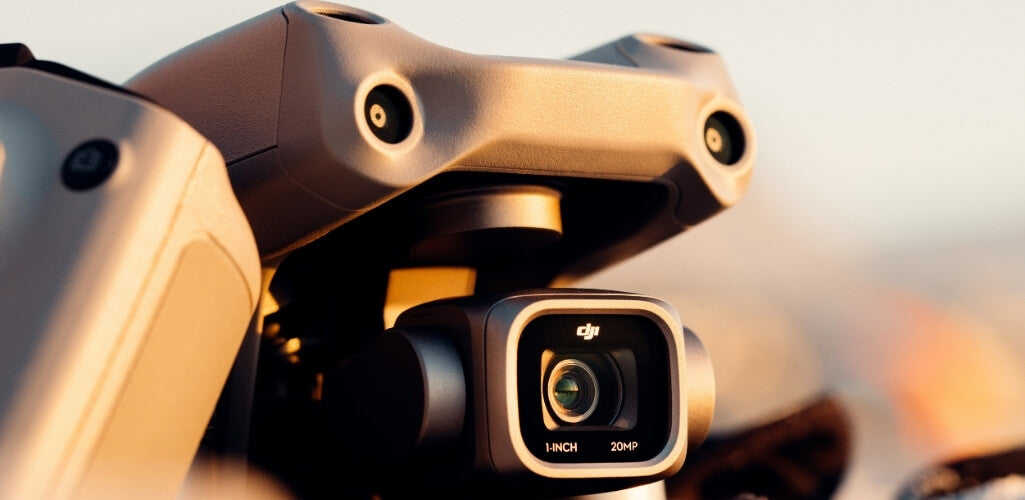
All three drones share numerous intelligent functions, but, as to be expected, the newer Air 2S and Mavic Air 2 have upgraded versions.
For instance, they use Spotlight 2.0, and Point of Interest 3.0, whereas the Mavic 2 Pro has Spotlight, and Point of Interest 2.0.
This Mavic trio all have object tracking, but again, the Air 2S has the most updated and polished version of DJI's signature ActiveTrack technology.
Safety Features
On the subject of upgraded features, the Air 2S has APAS 4.0 - the latest and most advanced version of DJI's Advanced Pilot Assistance System.
While flying at normal speeds, the newly-improved APAS 4.0 offers a wider field-of-view to detect obstacles, compared to previous versions. For reference, the Mavic Air 2 has APAS 3.0, while the Mavic 2 Pro has APAS.
With APAS 4.0, if pilots are flying the Air 2S at higher speeds, the angle of the drone pitches forward more and the newly-added upward obstacle sensor plays a critical part in assisting obstacle detection.
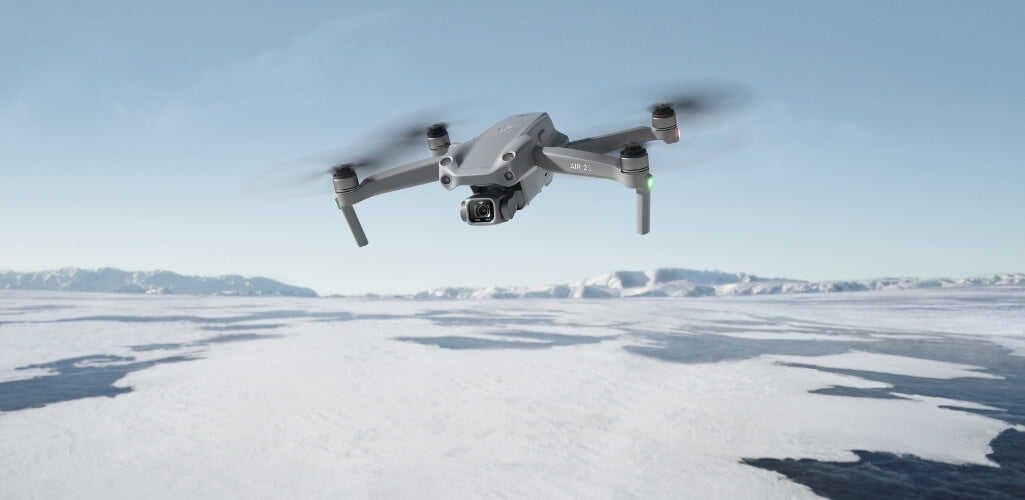
Speaking of the upward obstacle sensor, it is one of four upgraded sensors on the Air 2S which incorporate binocular zooming technology to recognise incoming objects from further away at faster speeds.
In comparison, the Mavic 2 Pro does in fact have omnidirectional sensing, while the Mavic Air 2 is more limited, with forward, backward, and downward sensors.
The Air 2S comes with DJI AirSense; ADS-B technology which alerts pilots to nearby planes and helicopters. Mavic 2 Pro does not have this feature, while only North American models of the Mavic Air 2 currently come with AirSense - which frustrated some on launch day.
Summary
The DJI Air 2S is the latest addition to the Mavic family and it is a quality entry, which, like the others before it, sets the bar high.
The jewel in the crown is its camera: Its one-inch sensor, with the ability to capture 20MP stills with a large pixel count, and its 5.4K ultra HD video-capturing abilities.
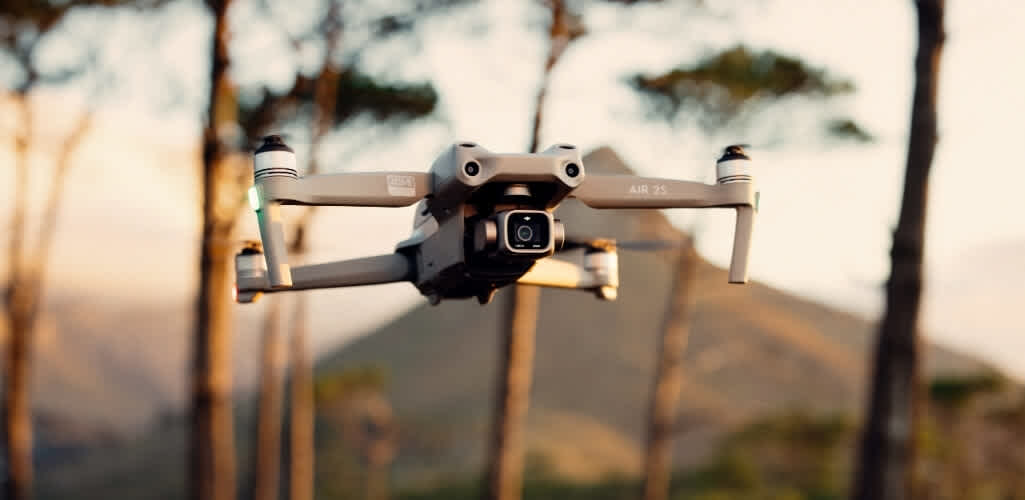
Is it enough for Mavic Air 2 users to switch? Yes. The camera alone is worthy of an upgrade.
And what of the Mavic 2 Pro? For so long it has been the flagbearer of the Mavic 2 range, with its majorly impressive camera specs. The fact it still sells well now - almost three years after launching - is testament to its capabilities.
But the Air 2S is now a very worthy contender to take this crown. Its photo capabilities are on par - although the Air 2S has the ability to zoom - but the real value is in its superior video specs, with a faster bitrate and mightily impressive 5.4K @ 30fps.
There's also the bonus that the Air 2S is a smaller, lighter aircraft than the Pro, and on launch, it is significantly cheaper than its older brother.
The innovative Mavic drones have always been known for pushing the boundaries, and the Air 2S has done that once again.
DJI has created the smallest and lightest 1-inch camera drone, weighing sub-600g. Combining portability with high image quality, new intelligent features and improved performance, the Air 2S is truly an all-in-one solution which is sure to please content creators.
